It’s still hot here in Los Angeles, but there have been a few cooler days that we took advantage of to plant out our fall brassicas. If you’re ready for fall planting, now is a good time. Seeds will germinate more quickly in warmer weather (if you keep the seed bed moist) and you’ll be picking salad greens in no time.
Here’s what’s growin’ on right now in our Test Garden. Potatoes, onions, brassicas, spinach, celery and more:
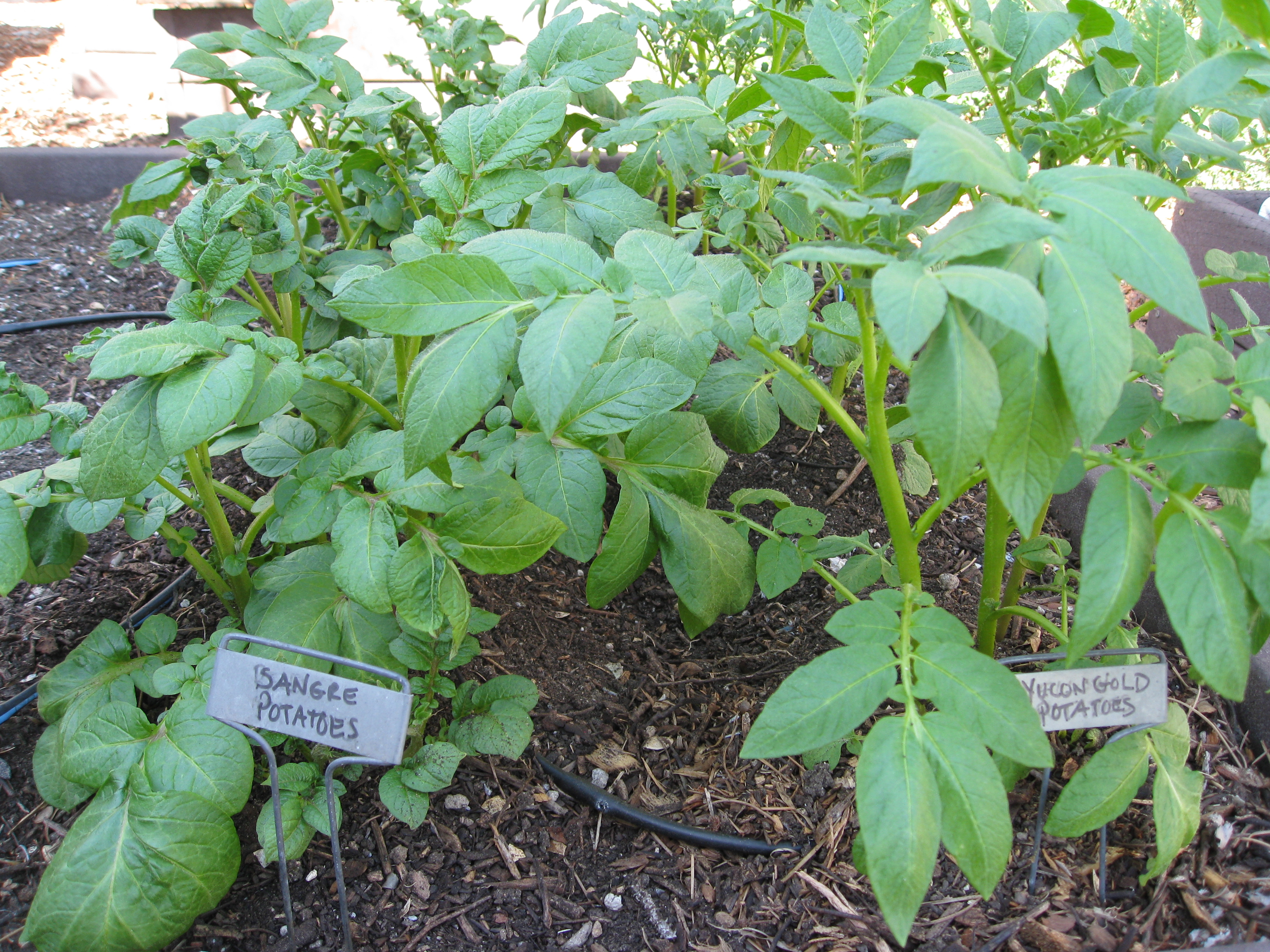
Seedlings grown indoors under grow lights need to be hardened off just like in spring, except that instead of growing accustomed to the cold, you have to increase their tolerance to the heat. Use shade cloth if needed and give your seedlings a few days in increasing sunlight before transplanting them out.
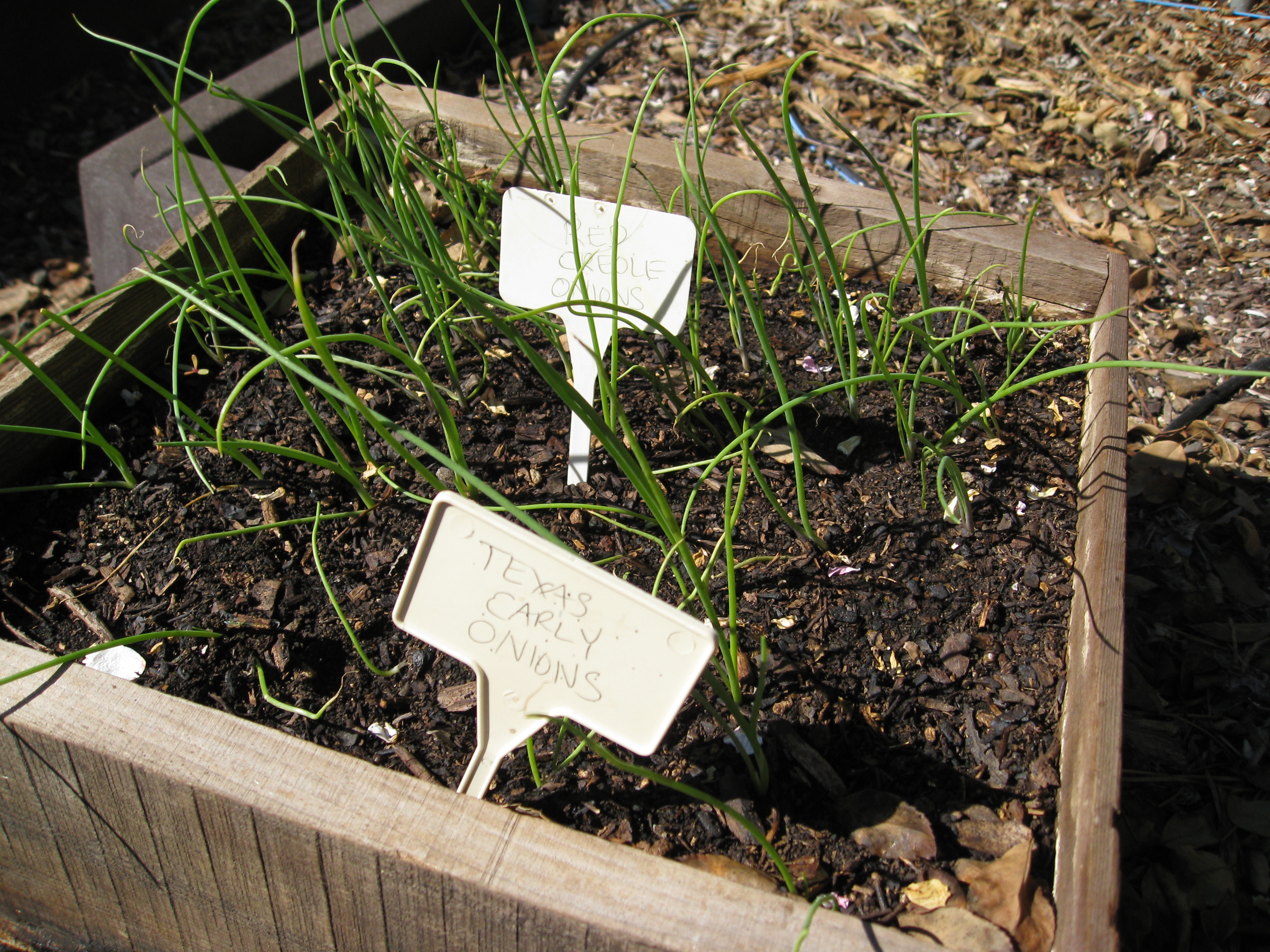
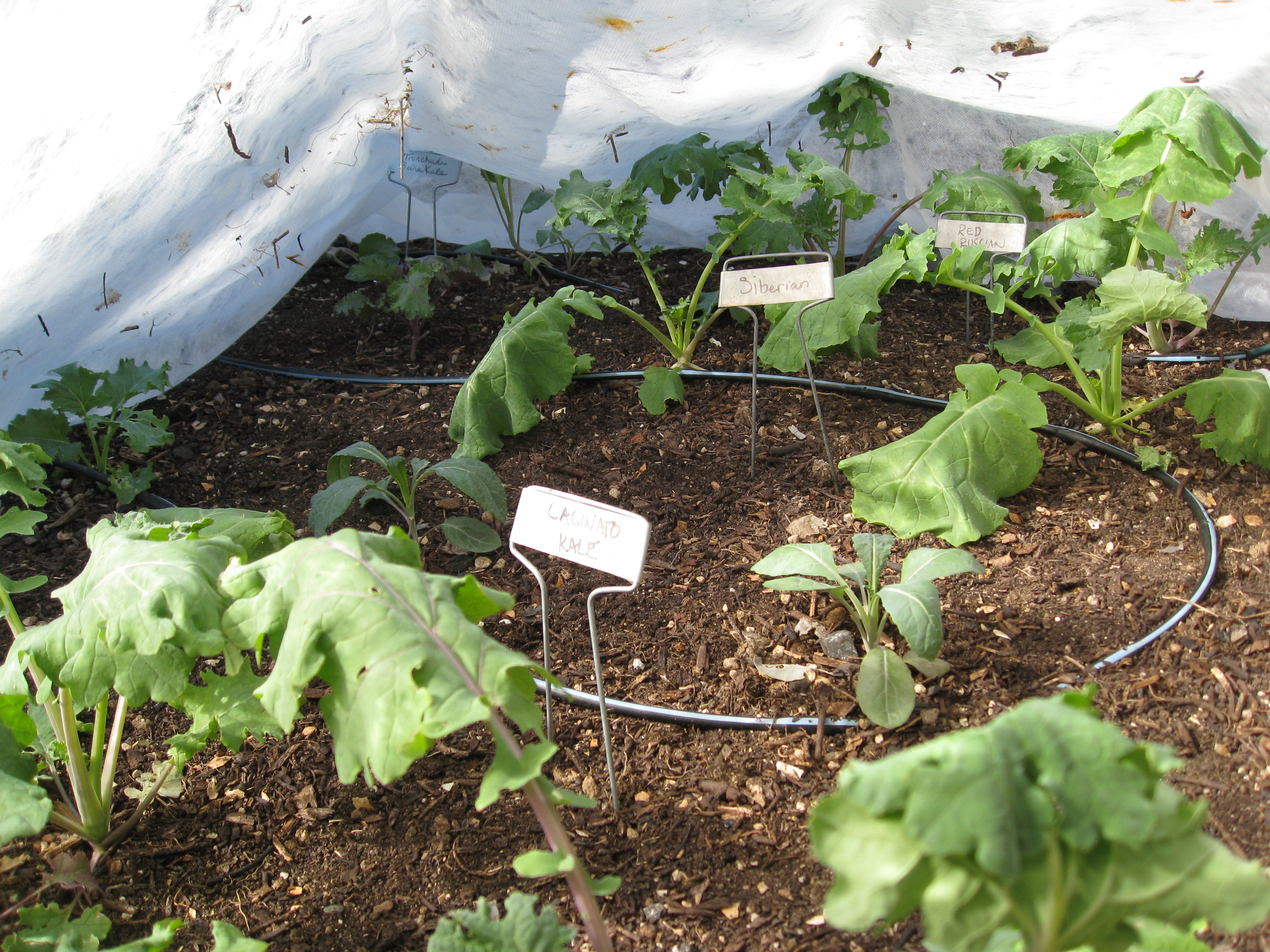
Floating row cover is important for keeping your fall brassicas safe. Floating row cover prevents cabbage moths from laying eggs on the leaves. Here’s what that looks like:
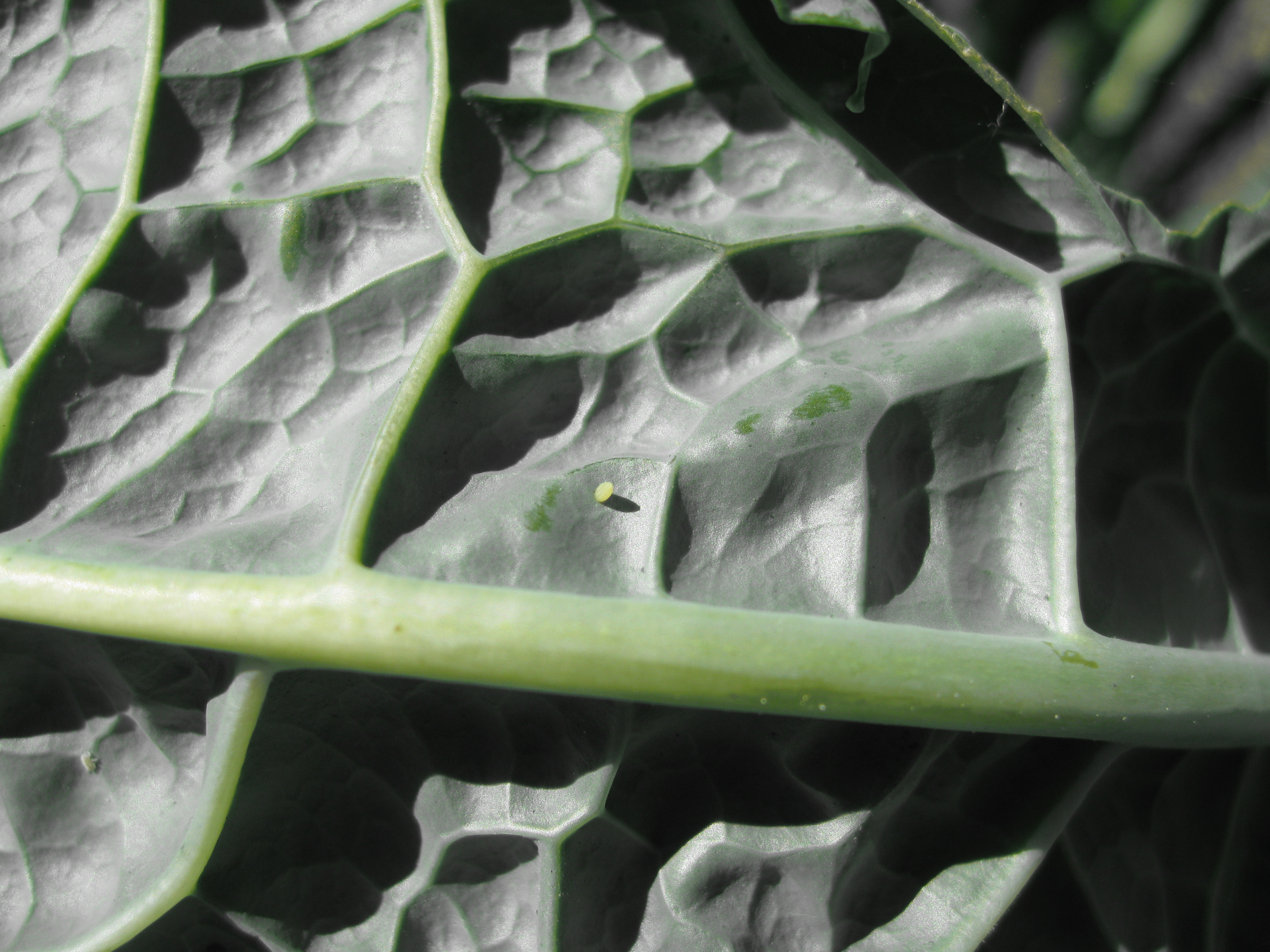
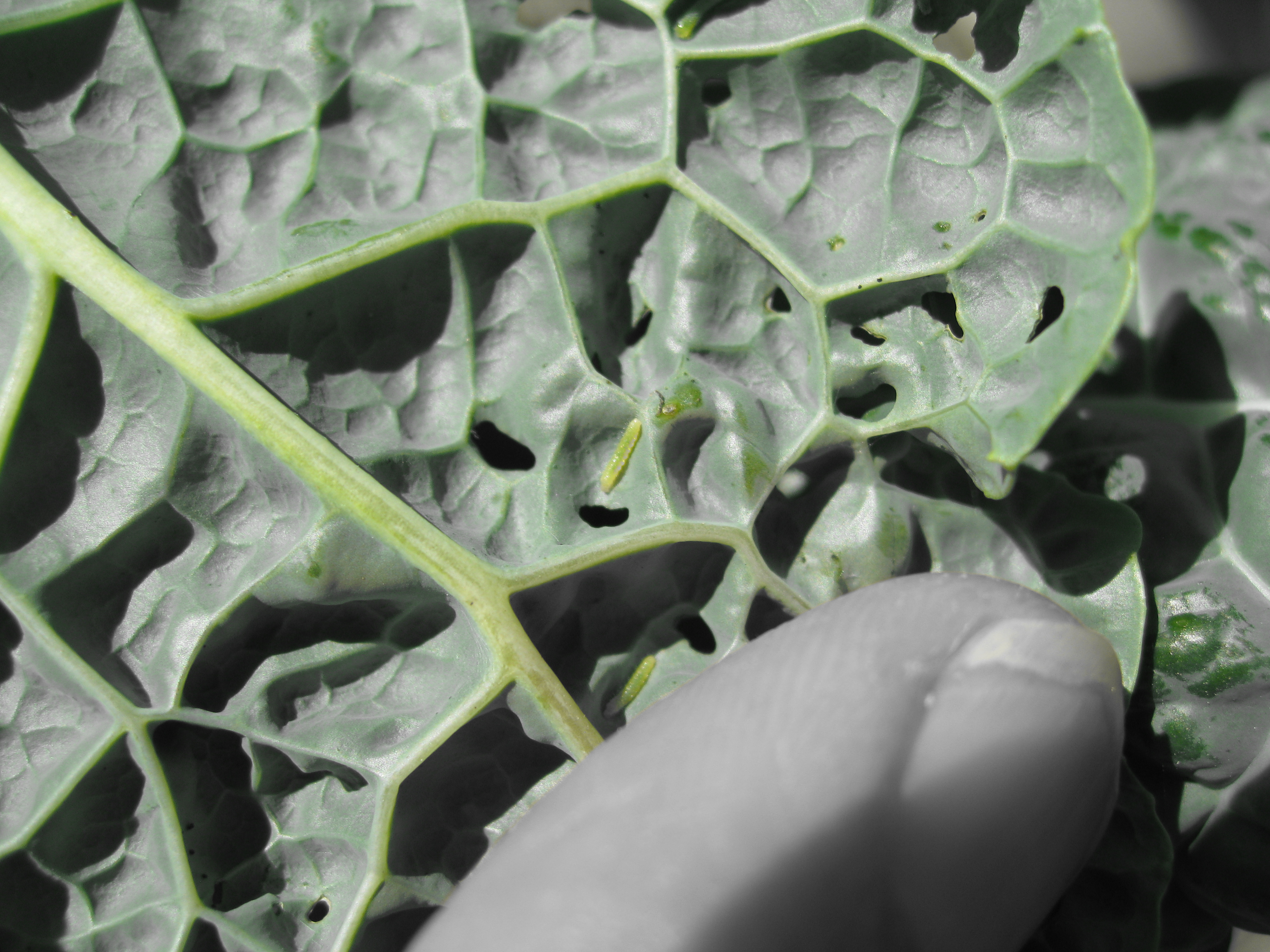
But before all these plants go in, we’re adding worm castings to boost soil vitality and plant health.

And compost, of course. Bed prep includes at least a 1/2″ of compost in each bed. We don’t dig it in, just lay it on top and water it in.
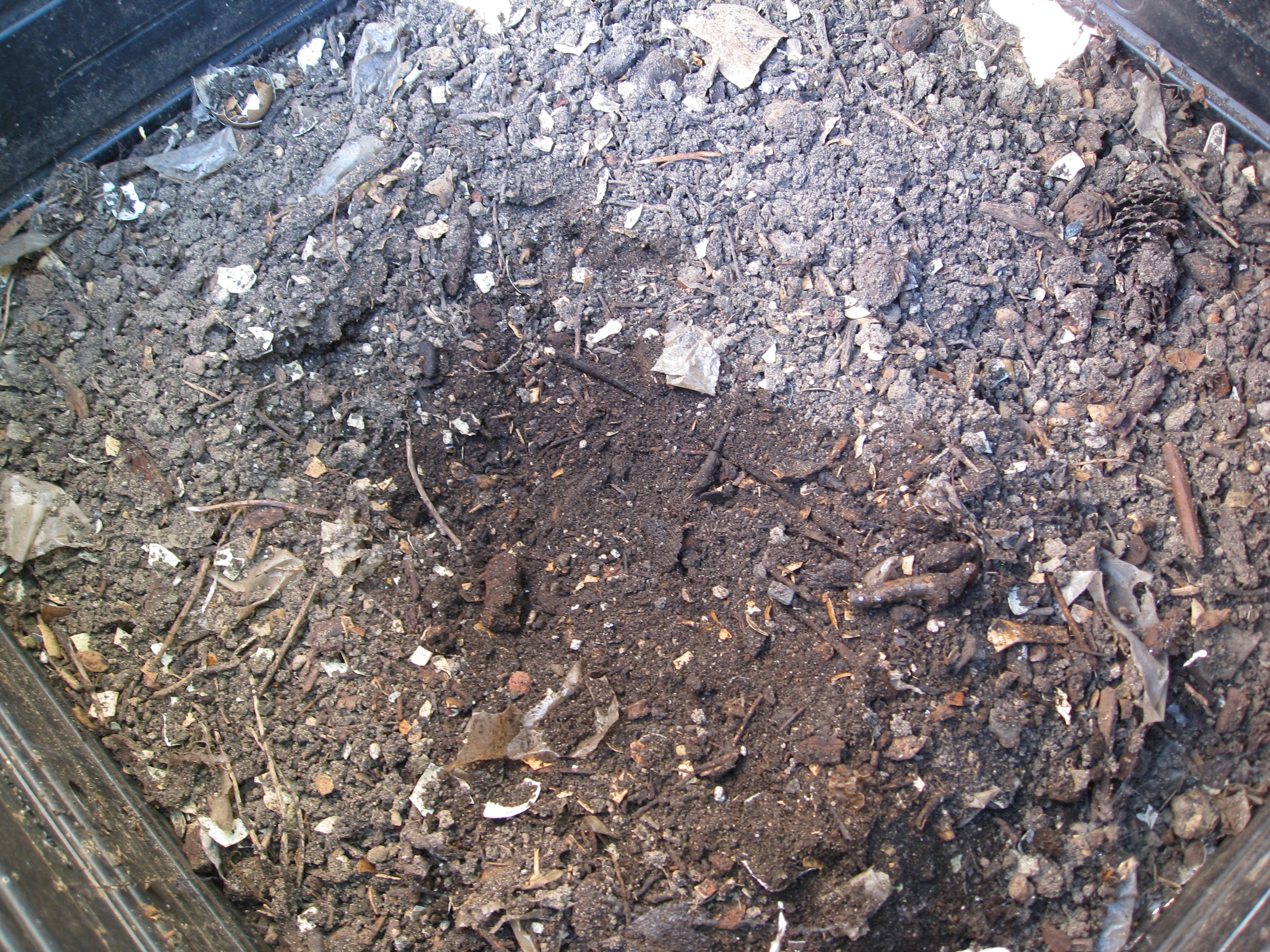
We direct seeded sugar snap and snow peas earlier in the week after soaking them overnight. Trellis and drip irrigation are already in place. We also planted spinach, cilantro (which grows better in the fall than spring in warm-winter climates) and dill. We’re holding space for these celery plants that are still under grow lights.
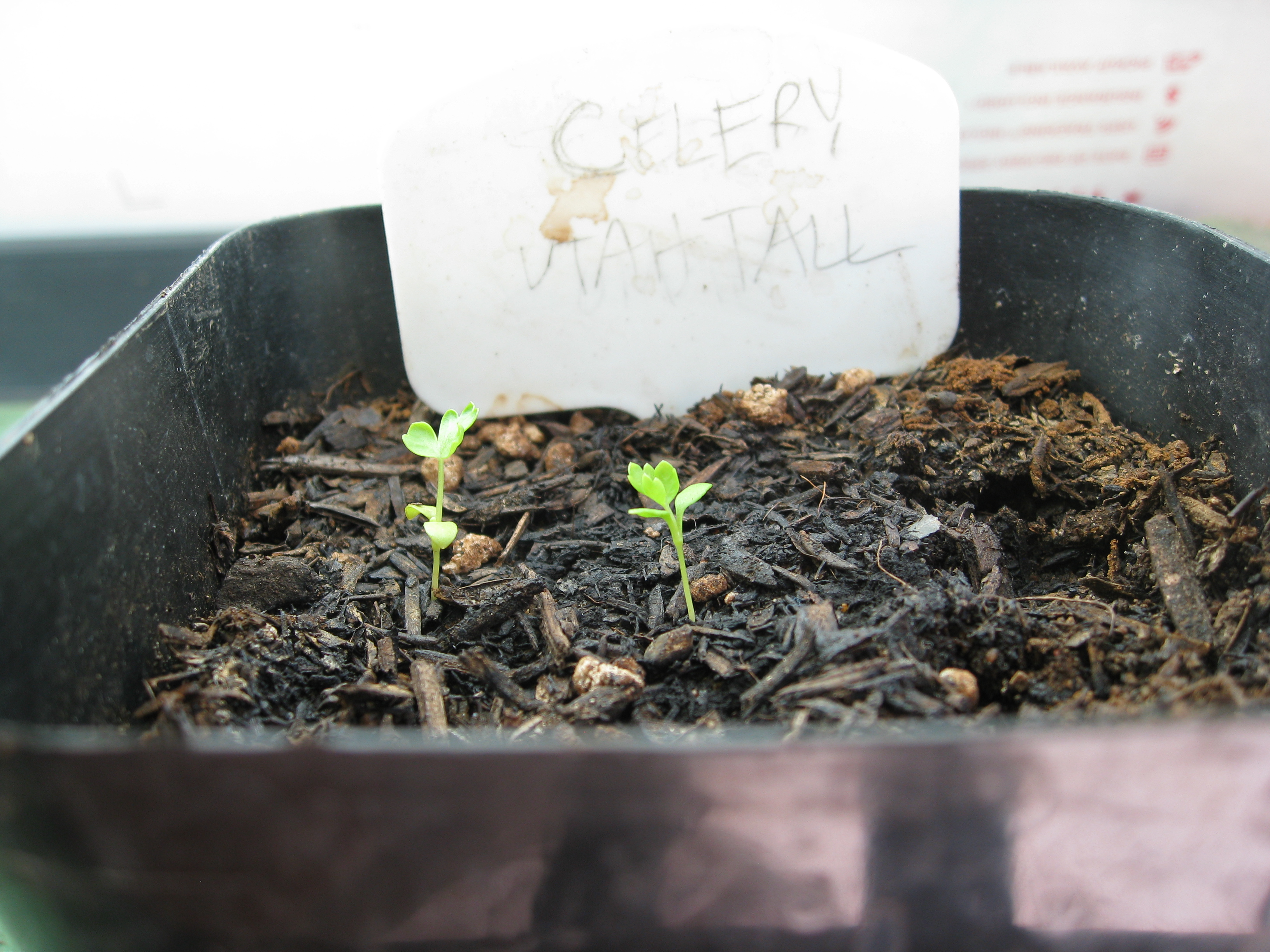
Fall is a great time to plant perennial vegetables and fruit trees. We planted this tree kale last month and it’s already showing new growth and height.

Tree kale grows for about 4-5 years, and you can root cuttings each year for a continuous supply. If you have room, plant other perennial vegetables like asparagus, rhubarb, blackberries, raspberries, and artichokes this fall. They will develop strong roots over winter and jump in spring.


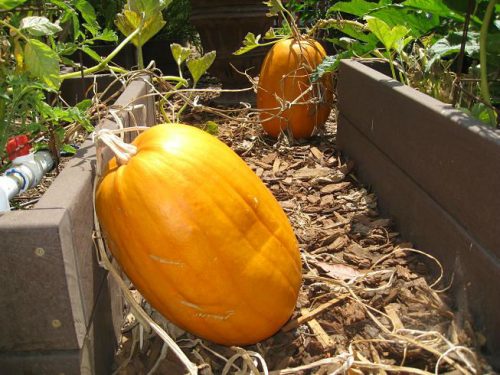

I have had racoons destroy my summer garden beds and am very hesitant to replant. do you have any suggestions as to how to protect any crop I may plant?
So sorry to hear about your raccoon problem, Sharon. It’s hard to watch your hard work go up in smoke like that. Physical protection is the way to go. You can either put up a floppy fence (use deer fencing and hang it loosely so they can’t climb over it (they don’t like the floppiness), or create structures that enclose your beds completely. PVC and bird netting usually will suffice, but if your raccoons are persistent you might want to use hardware cloth (welded wire mesh) instead. You’ll find some additional helpful tips here: https://gardenerd.com/blog/sage-advice-blog/raccoon-troubles/